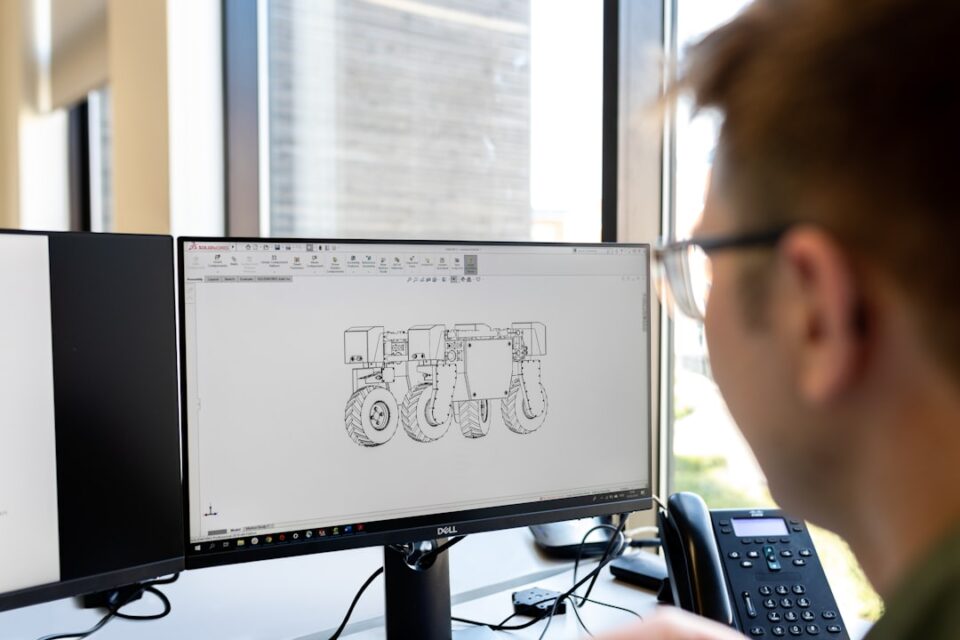Italian is a beautiful and melodious language that is spoken by millions of people around the world. If you are interested in learning Italian, understanding the basics of Italian grammar is crucial. In this article, we will break down some of the key concepts of Italian grammar to help you get started on your language-learning journey.
One of the most important aspects of Italian grammar is verb conjugation. In Italian, verbs change depending on the subject of the sentence, as well as the tense and mood. There are three main conjugations in Italian – one for verbs ending in -are, one for verbs ending in -ere, and one for verbs ending in -ire. For example, the verb “to eat” in Italian is “mangiare,” which is a regular -are verb. To say “I eat” in Italian, you would say “Io mangio,” while to say “he eats,” you would say “lui mangia.”
Nouns in Italian also have gender and number. Most Italian nouns are either masculine or feminine, and they also change depending on whether they are singular or plural. For example, the word for “book” in Italian is “libro,” which is masculine and singular. To make it plural, you would add an -i to get “libri,” which means “books.” Similarly, the word for “house” in Italian is “casa,” which is feminine and singular. To make it plural, you would add an -e to get “case,” which means “houses.”
Adjectives in Italian also change depending on the gender and number of the noun they are describing. For example, if you want to say “the big house” in Italian, you would say “la casa grande.” If the house were masculine, you would say “il casa grande.” If the house were plural, you would say “le case grandi” for feminine, or “i case grandi” for masculine.
Understanding Italian grammar can be a bit overwhelming at first, but with practice and patience, you can master the basics and build a strong foundation for learning the language. To supplement your studies, you may also consider taking Cantonese online courses or finding a language exchange partner to practice speaking and listening to Italian on a regular basis.
In conclusion, Italian grammar is an essential aspect of learning the language. By familiarizing yourself with verb conjugation, noun gender and number, and adjective agreement, you will be well on your way to becoming fluent in Italian. Remember to practice regularly and be patient with yourself as you navigate the complexities of Italian grammar. Buona fortuna! (Good luck!)

